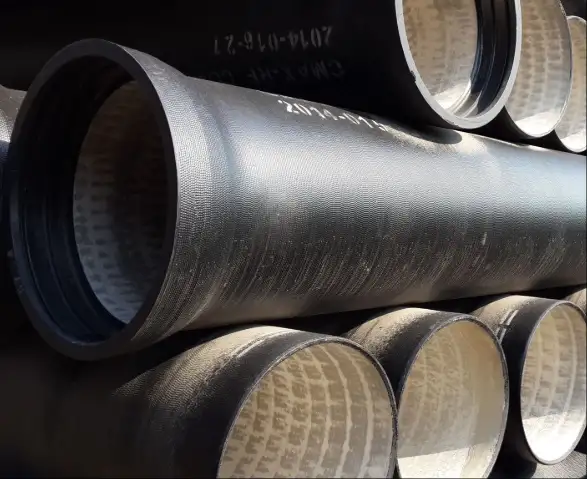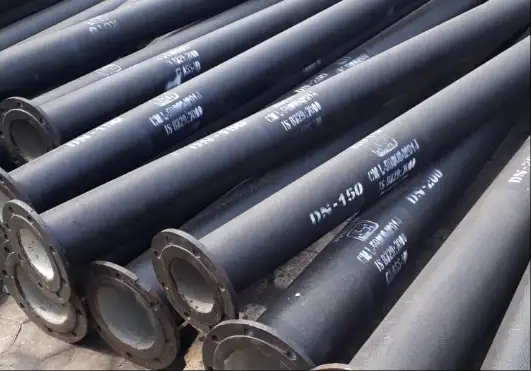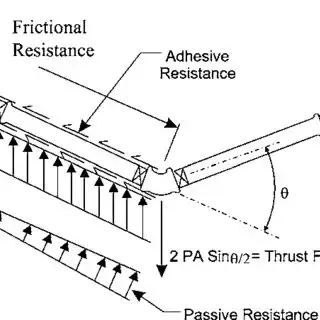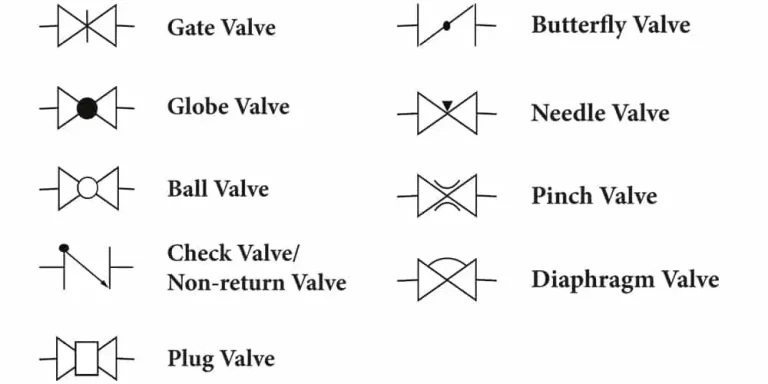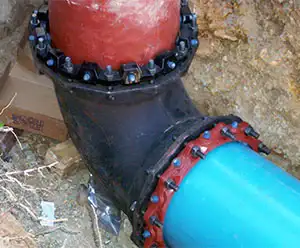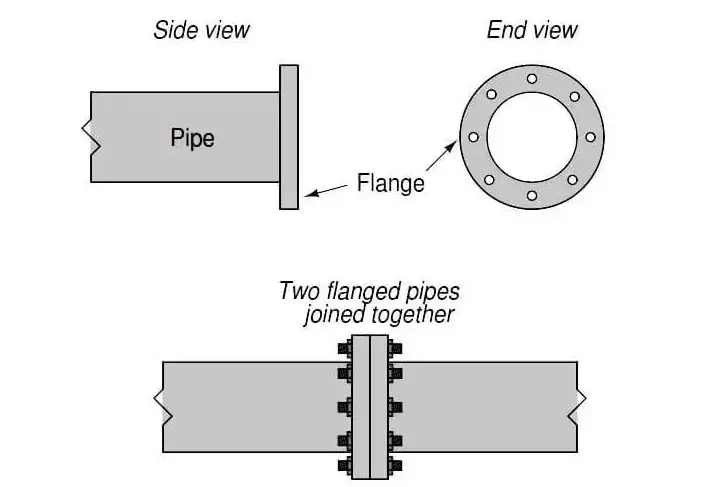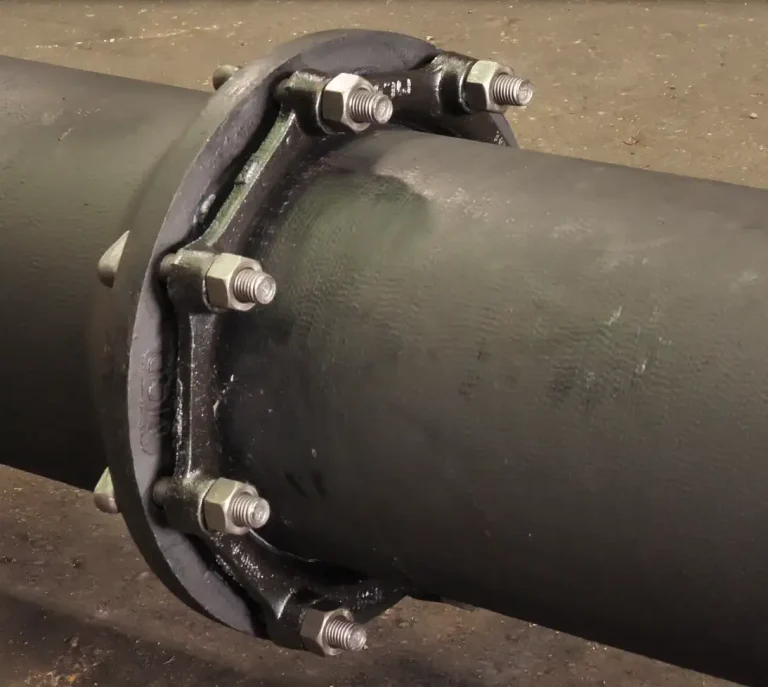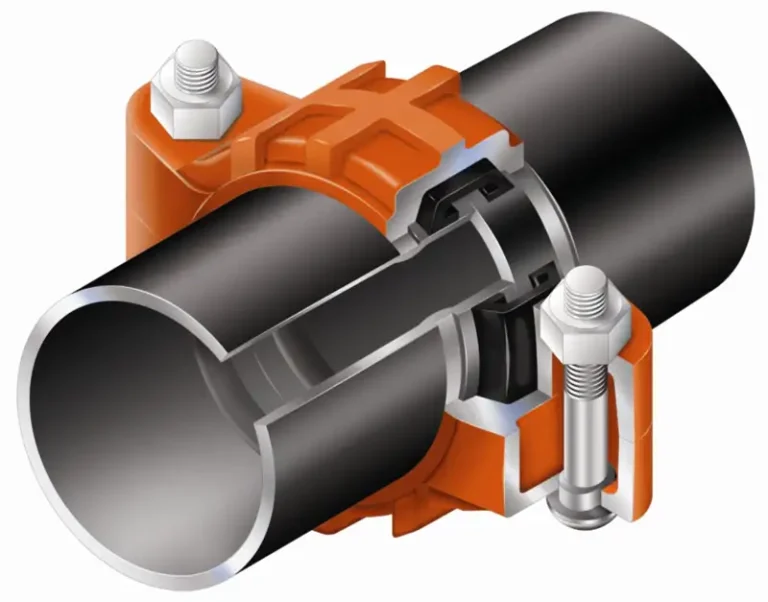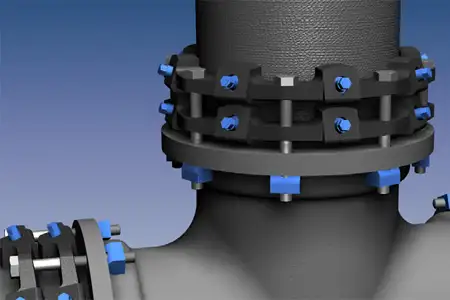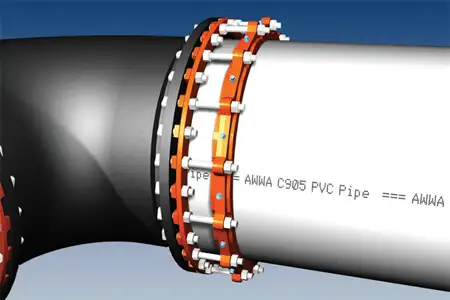News
2025-04-30
When selecting materials for piping systems, engineers and project managers often face the decision between High-Density Polyethylene (HDPE) and Ductile Iron (DI) pipes. Both materials have distinct properties,...
2025-04-30
A DI (Deionized) water pipe is an integral component in systems that transport deionized water—water that has had its mineral ions removed through a purification process. These pipes are crucial in industries...
2025-04-30
When designing pipeline systems, managing thrust forces is critical to prevent joint separation and ensure long-term structural integrity. The Ductile Iron Pipe Research Association (DIPRA) Thrust Restraint...
2025-04-29
In industrial piping systems, valves play a crucial role in controlling the flow of fluids and gases. Understanding the different types of valves, their functions, and applications is essential for engineers,...
2025-04-29
In various settings, particularly in healthcare, education, and law enforcement, the use of restraints is sometimes necessary to ensure the safety of individuals and others. Restraints are broadly categorized...
2025-04-29
In the realm of piping systems, the selection of appropriate joint types is paramount to ensure structural integrity, leak prevention, and ease of maintenance. Two prevalent types of pipe joints are welded...
2025-04-29
In the field of piping systems, selecting the appropriate joint type is crucial for ensuring the integrity and longevity of the infrastructure. Two commonly used joint types are mechanical joints and push-on...
2025-04-29
In the realm of piping systems, ensuring secure and reliable connections is paramount. Two prevalent methods for joining pipes are mechanical joints and flanged joints. Understanding the distinctions between...
2025-04-29
In the realm of pipeline construction and infrastructure, one of the critical decisions that engineers and contractors must make is the type of joint to use for connecting pipes. Restrained and unrestrained...
2025-04-29
When designing and installing pipeline systems, the type of joint used to connect the pipes is critical for ensuring a secure, leak-proof, and long-lasting system. Two common types of joints used in these...
No posts found

